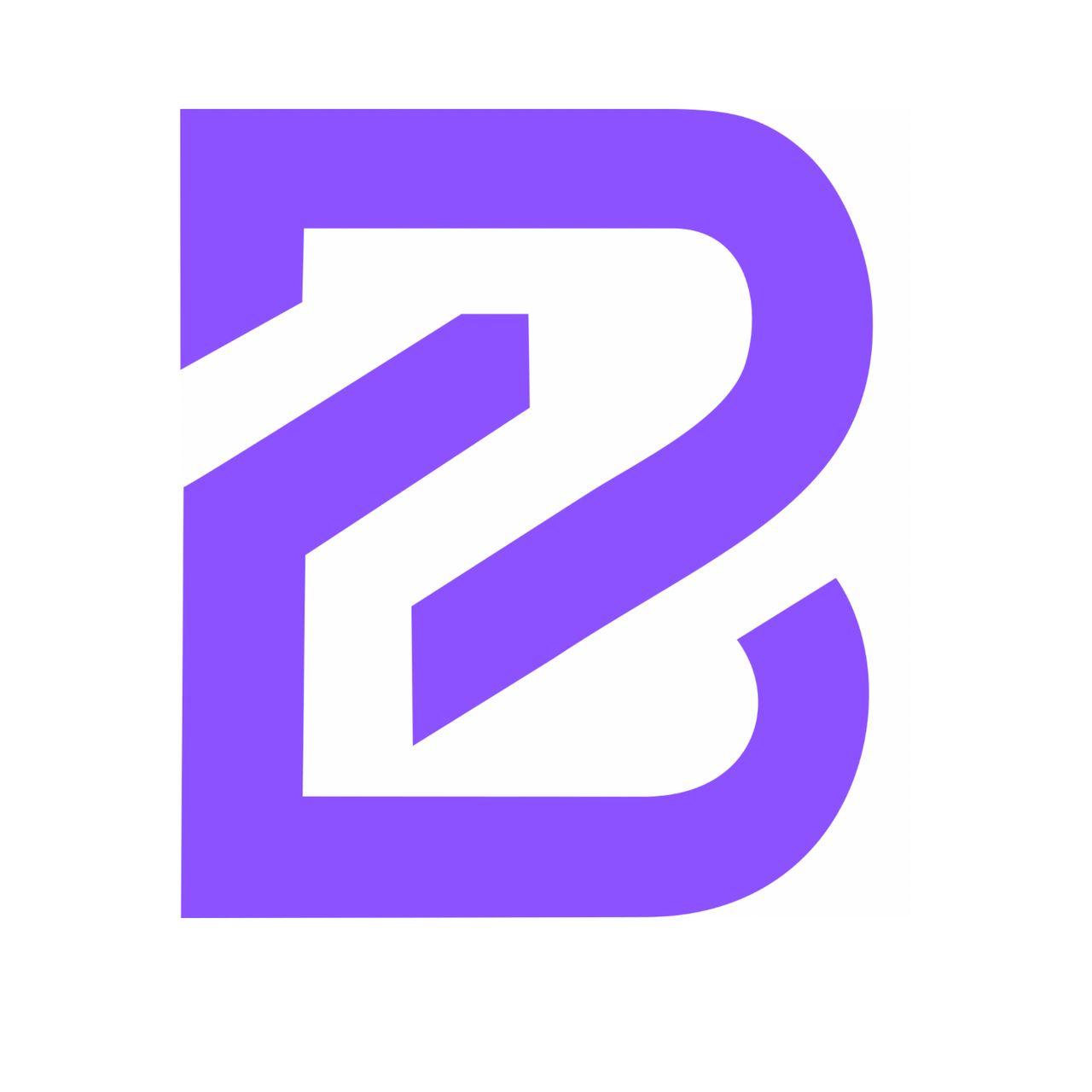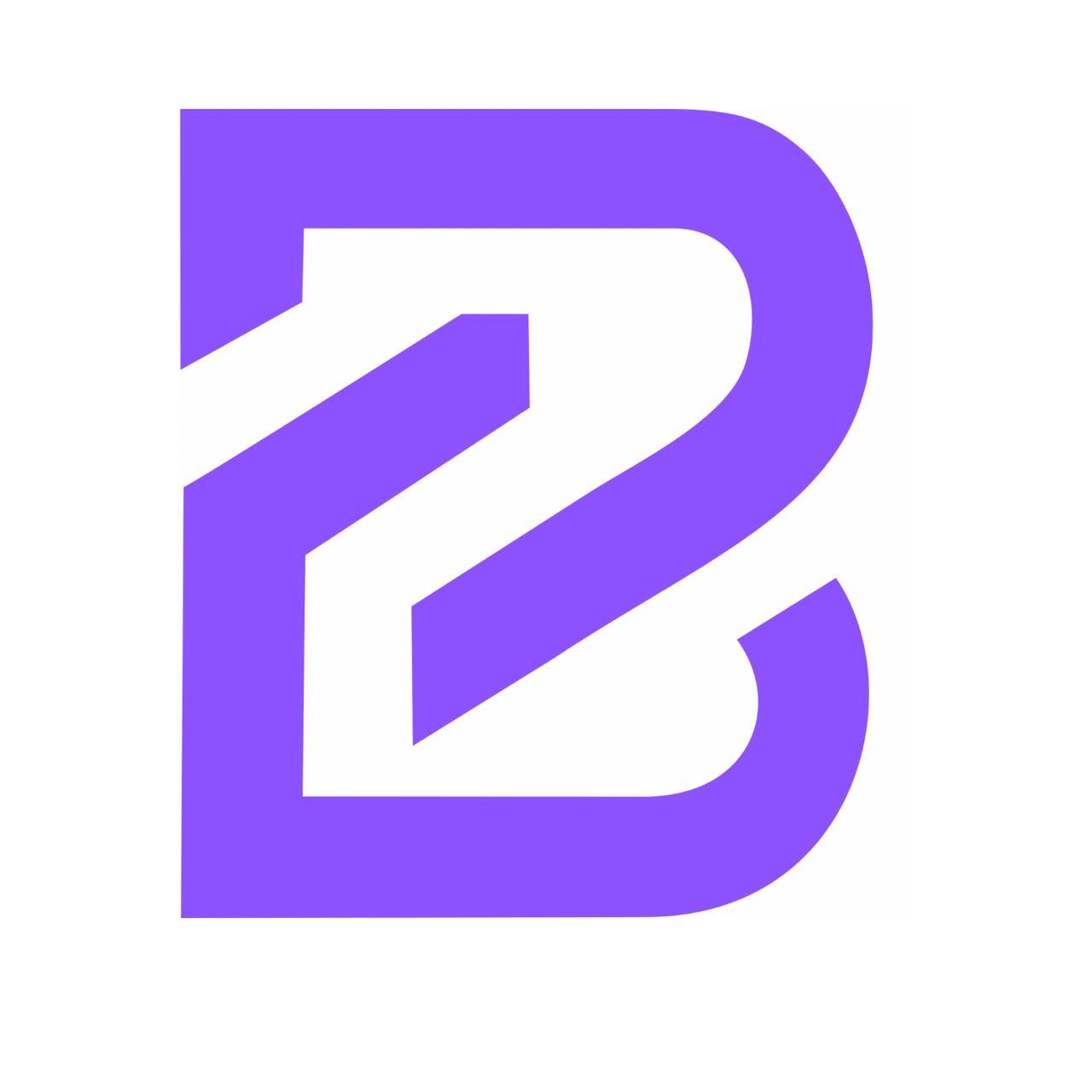Textile Recycling Market : Trends, Challenges, and Forecast 2025 –2032
"Future of Executive Summary Textile Recycling Market: Size and Share Dynamics
CAGR Value
The global textile recycling market size was valued at USD 7.92 billion in 2024 and is expected to reach USD 14.76 billion by 2032, at a CAGR of 8.1% during the forecast period
Businesses can attain detailed insights with the large scale Textile Recycling Market survey report which help them self-assuredly make decisions about their production and Market strategies in Textile Recycling Market industry. The report describes various parameters throughout which analyses the market status in detail. It also endows with statistics on the current state of the industry and hence works as a valuable source of guidance and direction for companies and investors interested in this market. The whole Textile Recycling Market report can be mainly categorised into four main areas which are market definition, market segmentation, competitive analysis and research methodology.
To have finest market insights and knowhow of the most excellent market opportunities into the specific markets, Textile Recycling Market research report is an ideal option. The report carries out the study of the market with respect to general market conditions, market status, market improvement, key developments, cost and profit of the specified market regions, position and comparative pricing between major players. Each topic of this report is examined very wisely to acquire a clear idea about all the factors that are influencing the market growth and Textile Recycling Market industry. The research study that has taken place in the large-scale Textile Recycling Market report covers the local, regional as well as global market.
Tap into future trends and opportunities shaping the Textile Recycling Market. Download the complete report:
https://www.databridgemarketresearch.com/reports/global-textile-recycling-market
Textile Recycling Market Environment
Segments
- By Type: The global textile recycling market can be segmented into pre-consumer and post-consumer textile waste. Pre-consumer waste includes scraps and seconds produced during the manufacturing process, while post-consumer waste is clothing and other textiles that are no longer wanted by consumers.
- By Method: Textile recycling methods can be categorized into mechanical recycling, chemical recycling, and thermal recycling. Mechanical recycling involves breaking down textiles into fibers and reusing them to create new products. Chemical recycling utilizes solvents or other chemicals to break down textiles into their raw materials. Thermal recycling involves using heat to break down textiles into energy or raw materials for new products.
- By End-Use: The end-use segments of the textile recycling market include clothing, industrial textiles, home textiles, and others. Clothing recycling involves reusing old garments for new clothing items, while industrial textiles are recycled for use in industrial applications. Home textiles such as bedding and towels can also be recycled to create new products.
Market Players
- I: ThredUp, a leading online thrift store, specializes in the resale of secondhand clothing and accessories. The company's platform enables consumers to buy and sell pre-owned items, contributing to the circular economy and reducing textile waste.
- II: Patagonia, a well-known outdoor clothing company, promotes textile recycling through its ""Worn Wear"" program. The initiative encourages customers to return their used Patagonia clothing for repair, resale, or recycling, extending the life cycle of the products.
- III: I: The Renewal Workshop partners with apparel brands to recycle and refurbish damaged or returned clothing items. By upcycling textiles and reducing waste in the fashion industry, The Renewal Workshop helps brands achieve sustainability goals.
- IV: Evrnu is a textile recycling company that specializes in converting old clothing into new fibers through a proprietary recycling technology. By creating high-quality recycled fibers, Evrnu aims to reduce the environmental impact of the textile industry.
- V: Reformation, a sustainable fashion brand, incorporates textile recycling into its production process by using deadstock fabrics and recycled materials. By prioritizing eco-friendly practices, Reformation sets an example for the fashion industry to reduce waste and promote circularity.
The global textile recycling market is witnessing significant growth due to increasing awareness of sustainability and environmental concerns in the textile industry. With the rise of circular fashion initiatives and technological advancements in recycling processes, the market is poised for expansion in the coming years.
DDDDDThe global textile recycling market is experiencing a transformation driven by the growing emphasis on sustainability and environmental responsibility within the textile industry. Companies across the value chain are increasingly adopting innovative approaches to address textile waste and promote circularity in the fashion sector. One notable trend is the emergence of collaborations and partnerships between traditional fashion brands and specialized textile recycling companies. These alliances aim to leverage each other's strengths to develop sustainable solutions for recycling textiles and reducing the industry's environmental footprint.
Moreover, consumer awareness and preferences are playing a crucial role in shaping the textile recycling market landscape. As more individuals seek environmentally friendly options and demand transparency in the supply chain, companies are under pressure to incorporate sustainable practices into their business models. This shift is driving investments in advanced recycling technologies and the development of new processes to efficiently recycle textiles while maintaining product quality.
Furthermore, government regulations and incentives are encouraging businesses to adopt textile recycling practices to comply with environmental standards and reduce waste generation. Policies promoting circular economy principles and extended producer responsibility are prompting textile manufacturers to explore innovative recycling methods and invest in infrastructure for collecting and processing textile waste.
Additionally, the rising popularity of secondhand clothing platforms and thrift stores is contributing to the growth of the textile recycling market. Consumers are increasingly embracing the idea of buying pre-owned items and participating in the circular economy by extending the lifespan of textiles. This behavioral shift is fueling the demand for textile recycling services and encouraging more companies to incorporate recycling initiatives into their operations.
Furthermore, the textile recycling market is benefiting from advancements in research and development, leading to the discovery of new materials and processes that enhance the recyclability of textiles. Innovations such as bio-based fibers, enzymatic treatments for textile recycling, and blockchain technology for tracking recycled materials are revolutionizing the industry and driving sustainable practices forward.
In conclusion, the global textile recycling market is poised for continued growth as stakeholders collaborate, consumers prioritize sustainability, regulations support recycling initiatives, and innovations drive progress in recycling technologies. Companies that invest in sustainable practices and embrace circular economy principles are likely to gain a competitive edge and contribute to a more environmentally responsible textile industry.The global textile recycling market is experiencing a shift towards sustainability and circularity driven by increased environmental awareness and changing consumer preferences. As companies strive to address textile waste and reduce their environmental footprint, collaborations and partnerships are forming between traditional fashion brands and specialized textile recycling companies. These alliances aim to leverage expertise and resources to develop innovative solutions for recycling textiles and promoting a circular economy within the fashion industry.
Consumer awareness and evolving preferences are shaping the landscape of the textile recycling market, with individuals seeking eco-friendly options and demanding transparency in the supply chain. This trend is pressuring companies to integrate sustainable practices into their operations and invest in advanced recycling technologies to efficiently recycle textiles while ensuring product quality.
Government regulations and incentives are also playing a significant role in driving the adoption of textile recycling practices among businesses. Policies promoting circular economy principles and extended producer responsibility are compelling textile manufacturers to explore cutting-edge recycling methods and establish infrastructure for collecting and processing textile waste.
The growing popularity of secondhand clothing platforms and thrift stores is further boosting the textile recycling market. Consumers are increasingly embracing the concept of purchasing pre-owned items and participating in the circular economy by prolonging the lifespan of textiles. This behavioral shift is fueling the demand for textile recycling services and encouraging more companies to integrate recycling initiatives into their business models.
Advancements in research and development are driving innovation in the textile recycling industry, leading to the discovery of new materials and processes that enhance the recyclability of textiles. Innovations such as bio-based fibers, enzymatic treatments for textile recycling, and blockchain technology for tracking recycled materials are revolutionizing the sector and propelling sustainable practices forward.
In conclusion, the global textile recycling market is poised for continued growth as stakeholders collaborate, consumers prioritize sustainability, regulations support recycling initiatives, and innovations in recycling technologies drive progress. Companies that embrace sustainable practices and circular economy principles are well-positioned to gain a competitive advantage and contribute to a more environmentally responsible textile industry.
Evaluate the company’s influence on the market
https://www.databridgemarketresearch.com/reports/global-textile-recycling-market/companies
Forecast, Segmentation & Competitive Analysis Questions for Textile Recycling Market
- What is the estimated revenue size for the Textile Recycling Market?
- How fast is the Textile Recycling Market evolving?
- What are the emerging segments in this market?
- Who are the global influencers in the Textile Recycling Market?
- What are the breakthroughs in product development?
- What is the regional diversity in the Textile Recycling Market study?
- Which region is most attractive for new entrants?
- What countries are posting consistent growth?
- What markets are nearing saturation?
- What consumer behaviors are shaping future trends?
Browse More Reports:
Global Security Labels Market
Global Self-Healing Coatings Market
Global Semi-Finished Pastry Ingredients Market
Global Sensing Labels Market
Global Sensormatic Labels Market
Global Sequencing Driven Metagenomics Market
Global Sequencing Kits Market
Global Sequencing Reagents Kits Market
Global Service Lifecycle Management Market
Global Shrink Sleeve Label Applicator Market
Global Side Sealing Machine Market
Global Silage Additives Market
Global Silicone Gel Market
Global Single-Cell Analysis Transcriptomics Market
Global Sizing Agents Market
About Data Bridge Market Research:
An absolute way to forecast what the future holds is to comprehend the trend today!
Data Bridge Market Research set forth itself as an unconventional and neoteric market research and consulting firm with an unparalleled level of resilience and integrated approaches. We are determined to unearth the best market opportunities and foster efficient information for your business to thrive in the market. Data Bridge endeavors to provide appropriate solutions to the complex business challenges and initiates an effortless decision-making process. Data Bridge is an aftermath of sheer wisdom and experience which was formulated and framed in the year 2015 in Pune.
Contact Us:
Data Bridge Market Research
US: +1 614 591 3140
UK: +44 845 154 9652
APAC : +653 1251 975
Email:- corporatesales@databridgemarketresearch.com
- Art
- Causes
- Crafts
- Dance
- Drinks
- Film
- Fitness
- Food
- Jogos
- Gardening
- Health
- Início
- Literature
- Music
- Networking
- Outro
- Party
- Religion
- Shopping
- Sports
- Theater
- Wellness


